KOREA'S FIRST FILM
입력 2019.05.13 (15:06)
수정 2019.05.13 (17:00)
읽어주기 기능은 크롬기반의
브라우저에서만 사용하실 수 있습니다.
[Anchor Lead]
This year marks the centennial of the release of Korea's first feature film "Fight for Justice" in 1919. The Korean cinematic industry is organizing diverse events to celebrate this landmark occasion, one of which is the restoration of old classics.
[Pkg]
Back in 1961, "Seong Chun-hyang" directed by the late Shin Sang-ok was the first Korean film to be presented at the Venice Film Festival. This classic is revisited as a jazz and pansori collaboration. It was filmed almost 60 years ago, but the resolution and colors are sharp and vivid. Modern restoration technology revived the scratched and discolored film to a 4K high-resolution digital rendition.
[Soundbite] KIM TAE-YONG(MOVIE DIRECTOR) : "It defies the stereotype about music, cinema, and pansori. I hope this would serve as a chance to see them from a different angle."
Fingerprints and impurities were cleaned up and each frame was checked for flaws. Damaged parts of the digitally scanned film were restored one by one before the color correction process.
[Soundbite] SHIN JEONG-MIN(RESTORATION SPECIALIST, KOFA) : "All the colors were bleached before they were added back in seven layers. The white and black were adjusted."
Since 2007, 48 Korean movies have seen the new light of day through this process.
[Soundbite] JOO JIN-SOOK(DIR., KOFA) : "Compared to our knowledge of overall history of Korean cinema, we don't know enough about the history of Korea's filmmaking technology."
100 acclaimed directors, including Lee Joon-ik and Kang Je-gyu, each produced a 100-second video to complete an omnibus movie. This is part of the film industry's diverse events to celebrate the centennial of Korean cinema.
This year marks the centennial of the release of Korea's first feature film "Fight for Justice" in 1919. The Korean cinematic industry is organizing diverse events to celebrate this landmark occasion, one of which is the restoration of old classics.
[Pkg]
Back in 1961, "Seong Chun-hyang" directed by the late Shin Sang-ok was the first Korean film to be presented at the Venice Film Festival. This classic is revisited as a jazz and pansori collaboration. It was filmed almost 60 years ago, but the resolution and colors are sharp and vivid. Modern restoration technology revived the scratched and discolored film to a 4K high-resolution digital rendition.
[Soundbite] KIM TAE-YONG(MOVIE DIRECTOR) : "It defies the stereotype about music, cinema, and pansori. I hope this would serve as a chance to see them from a different angle."
Fingerprints and impurities were cleaned up and each frame was checked for flaws. Damaged parts of the digitally scanned film were restored one by one before the color correction process.
[Soundbite] SHIN JEONG-MIN(RESTORATION SPECIALIST, KOFA) : "All the colors were bleached before they were added back in seven layers. The white and black were adjusted."
Since 2007, 48 Korean movies have seen the new light of day through this process.
[Soundbite] JOO JIN-SOOK(DIR., KOFA) : "Compared to our knowledge of overall history of Korean cinema, we don't know enough about the history of Korea's filmmaking technology."
100 acclaimed directors, including Lee Joon-ik and Kang Je-gyu, each produced a 100-second video to complete an omnibus movie. This is part of the film industry's diverse events to celebrate the centennial of Korean cinema.
■ 제보하기
▷ 카카오톡 : 'KBS제보' 검색, 채널 추가
▷ 전화 : 02-781-1234, 4444
▷ 이메일 : kbs1234@kbs.co.kr
▷ 유튜브, 네이버, 카카오에서도 KBS뉴스를 구독해주세요!
- KOREA'S FIRST FILM
-
- 입력 2019-05-13 15:11:16
- 수정2019-05-13 17:00:42
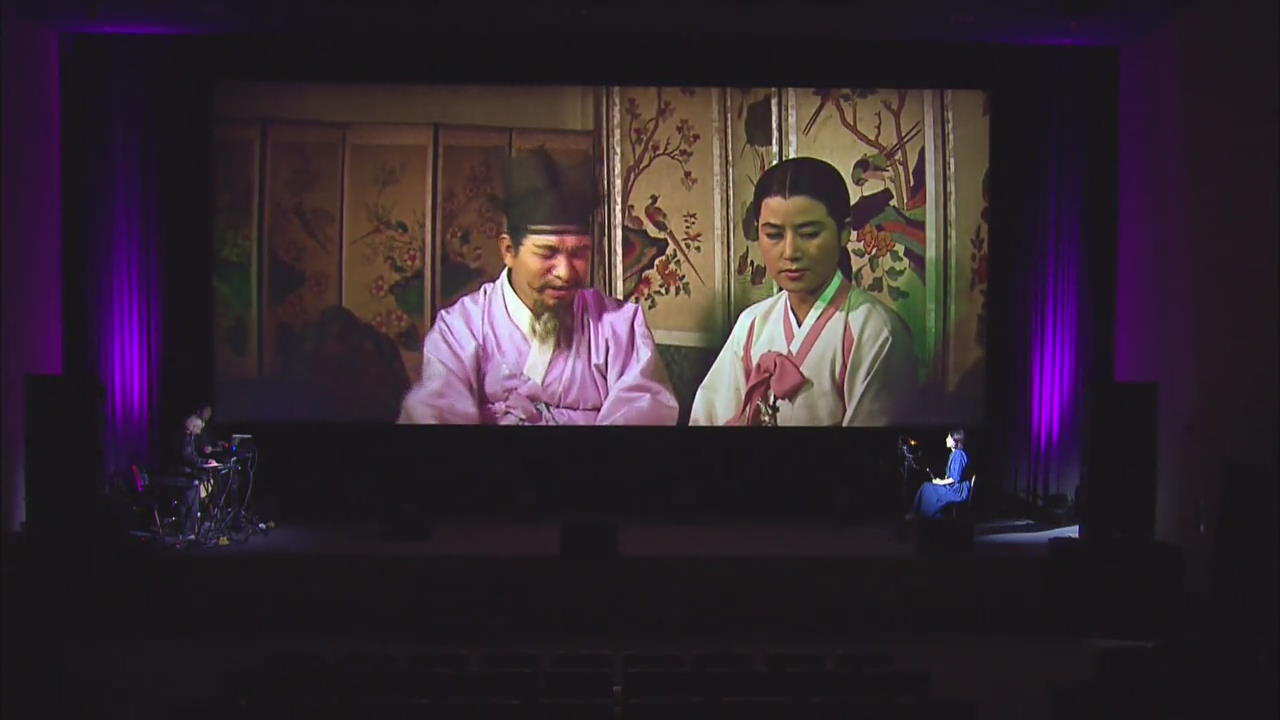
[Anchor Lead]
This year marks the centennial of the release of Korea's first feature film "Fight for Justice" in 1919. The Korean cinematic industry is organizing diverse events to celebrate this landmark occasion, one of which is the restoration of old classics.
[Pkg]
Back in 1961, "Seong Chun-hyang" directed by the late Shin Sang-ok was the first Korean film to be presented at the Venice Film Festival. This classic is revisited as a jazz and pansori collaboration. It was filmed almost 60 years ago, but the resolution and colors are sharp and vivid. Modern restoration technology revived the scratched and discolored film to a 4K high-resolution digital rendition.
[Soundbite] KIM TAE-YONG(MOVIE DIRECTOR) : "It defies the stereotype about music, cinema, and pansori. I hope this would serve as a chance to see them from a different angle."
Fingerprints and impurities were cleaned up and each frame was checked for flaws. Damaged parts of the digitally scanned film were restored one by one before the color correction process.
[Soundbite] SHIN JEONG-MIN(RESTORATION SPECIALIST, KOFA) : "All the colors were bleached before they were added back in seven layers. The white and black were adjusted."
Since 2007, 48 Korean movies have seen the new light of day through this process.
[Soundbite] JOO JIN-SOOK(DIR., KOFA) : "Compared to our knowledge of overall history of Korean cinema, we don't know enough about the history of Korea's filmmaking technology."
100 acclaimed directors, including Lee Joon-ik and Kang Je-gyu, each produced a 100-second video to complete an omnibus movie. This is part of the film industry's diverse events to celebrate the centennial of Korean cinema.
This year marks the centennial of the release of Korea's first feature film "Fight for Justice" in 1919. The Korean cinematic industry is organizing diverse events to celebrate this landmark occasion, one of which is the restoration of old classics.
[Pkg]
Back in 1961, "Seong Chun-hyang" directed by the late Shin Sang-ok was the first Korean film to be presented at the Venice Film Festival. This classic is revisited as a jazz and pansori collaboration. It was filmed almost 60 years ago, but the resolution and colors are sharp and vivid. Modern restoration technology revived the scratched and discolored film to a 4K high-resolution digital rendition.
[Soundbite] KIM TAE-YONG(MOVIE DIRECTOR) : "It defies the stereotype about music, cinema, and pansori. I hope this would serve as a chance to see them from a different angle."
Fingerprints and impurities were cleaned up and each frame was checked for flaws. Damaged parts of the digitally scanned film were restored one by one before the color correction process.
[Soundbite] SHIN JEONG-MIN(RESTORATION SPECIALIST, KOFA) : "All the colors were bleached before they were added back in seven layers. The white and black were adjusted."
Since 2007, 48 Korean movies have seen the new light of day through this process.
[Soundbite] JOO JIN-SOOK(DIR., KOFA) : "Compared to our knowledge of overall history of Korean cinema, we don't know enough about the history of Korea's filmmaking technology."
100 acclaimed directors, including Lee Joon-ik and Kang Je-gyu, each produced a 100-second video to complete an omnibus movie. This is part of the film industry's diverse events to celebrate the centennial of Korean cinema.
이 기사가 좋으셨다면
-
좋아요
0
-
응원해요
0
-
후속 원해요
0











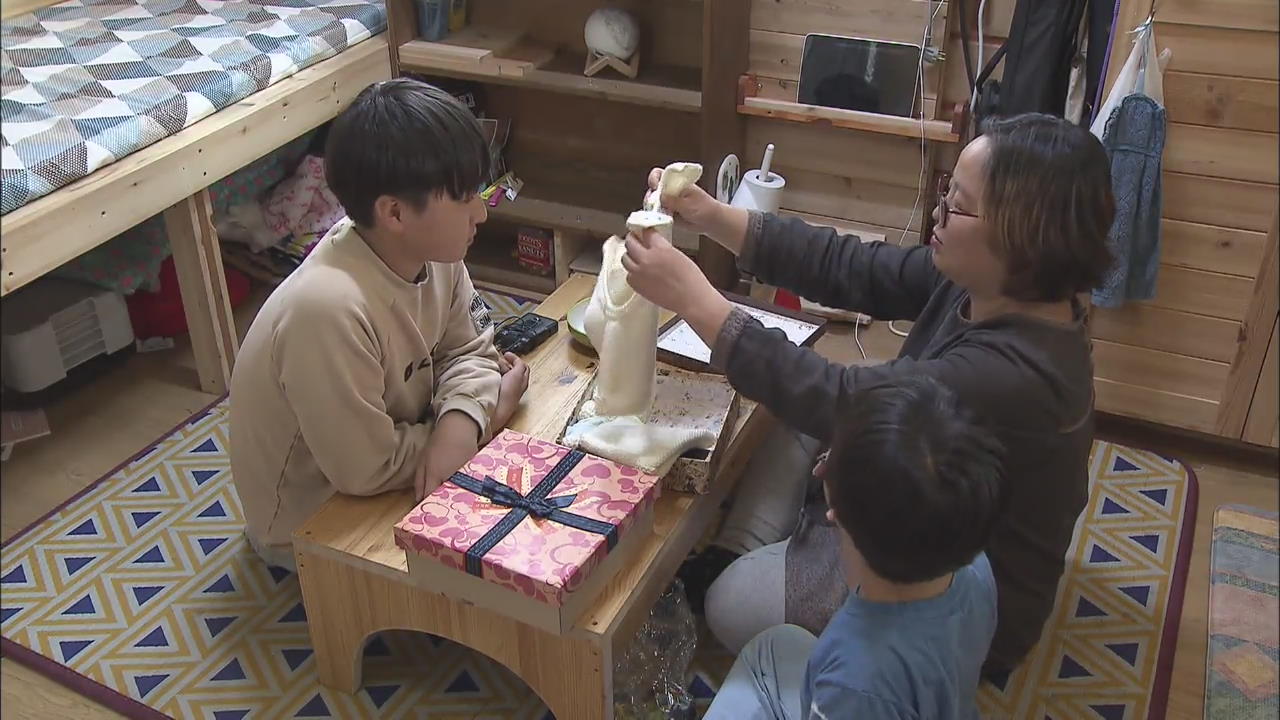
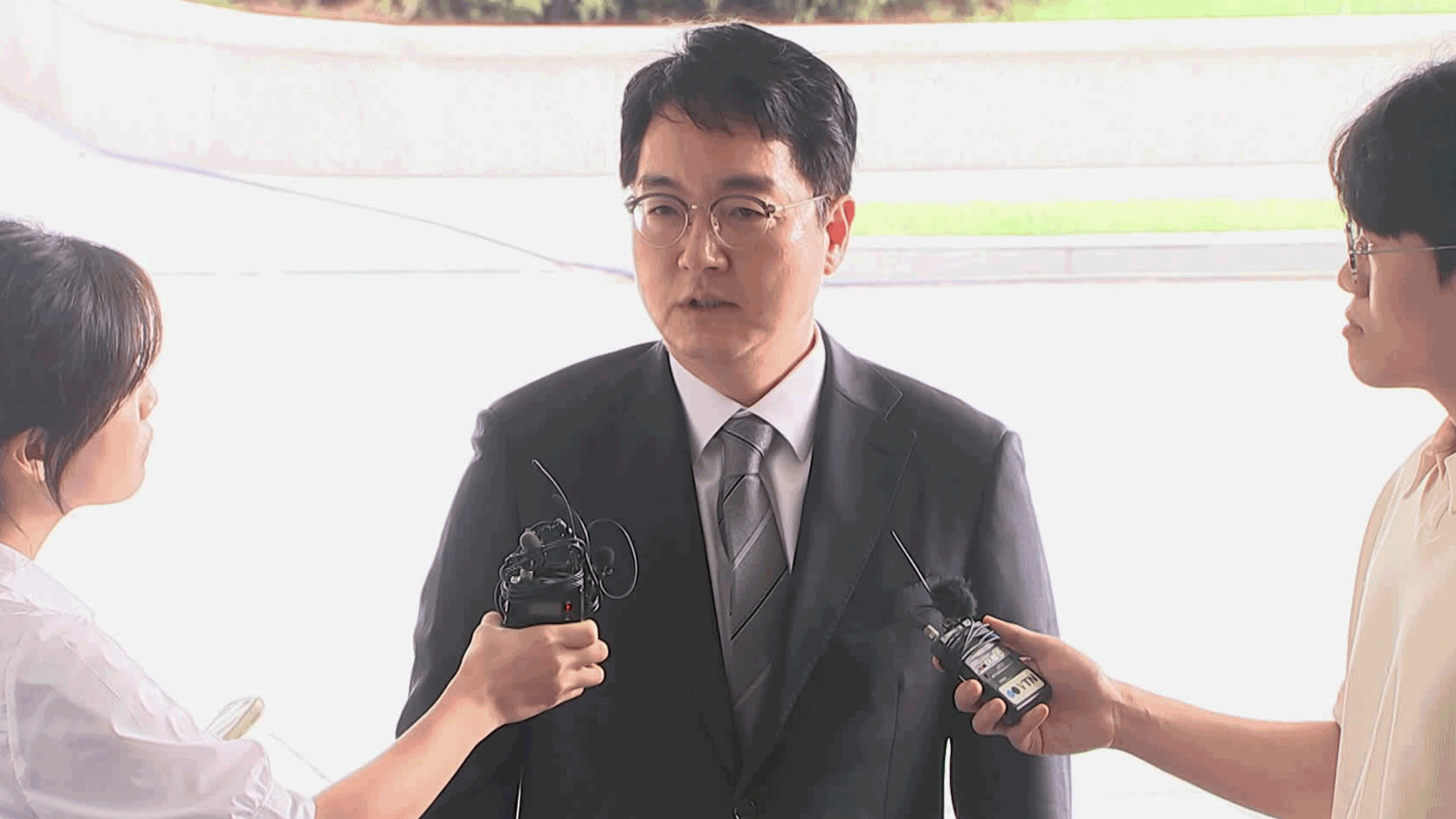
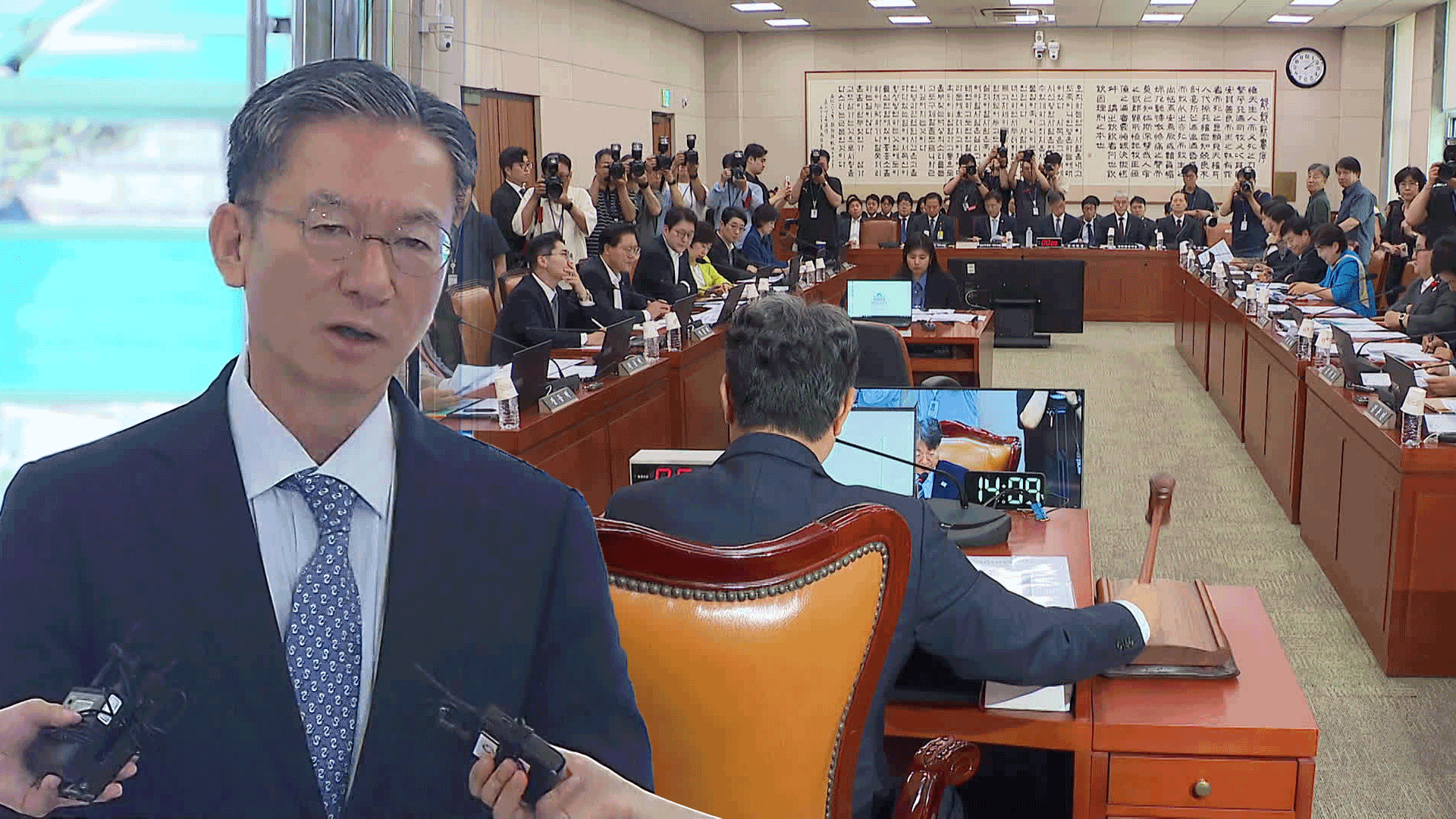
![[단독] 골프연습장 아니라더니<br>…‘한남동 골프연습장’ 도면 입수](/data/news/2025/07/01/20250701_Uh8Jnu.png)
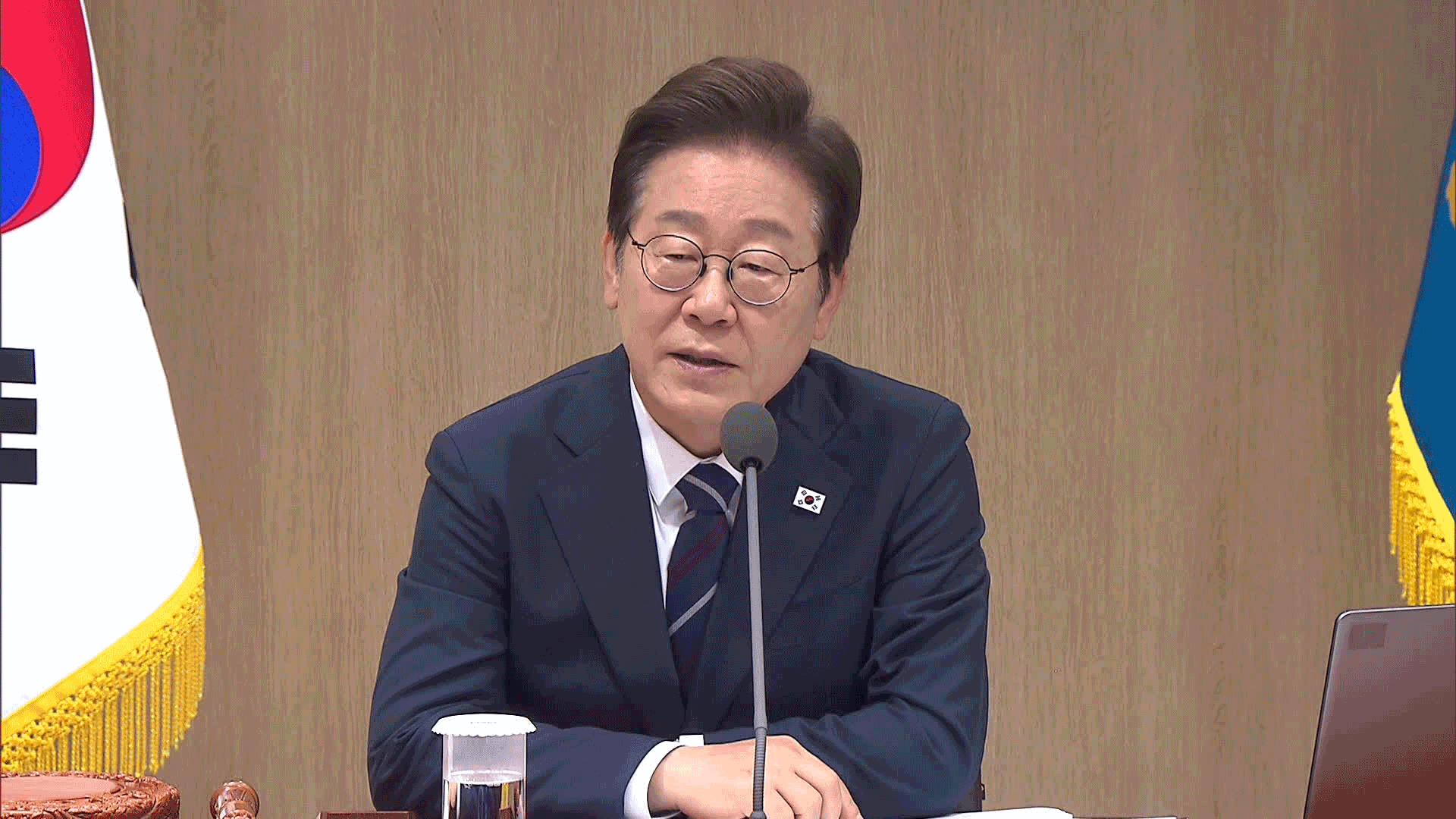

이 기사에 대한 의견을 남겨주세요.